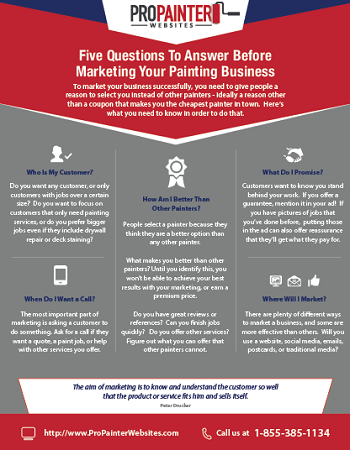Seasonal Considerations For Business Outside Painting: What You Need To Know
Seasonal Considerations For Business Outside Painting: What You Need To Know
Blog Article
Created By-McLamb Celik
When you're planning an industrial exterior paint task, seasonal aspects can make or damage your results. You'll wish to take into consideration exactly how temperature level and moisture effect paint application and drying times. Choosing the ideal period can ensure your paint sticks properly and lasts longer. Yet which Suggested Internet site are absolutely the most effective for this kind of work? Let's explore the crucial elements that can influence your job's success.
The Impact of Temperature on Paint Application
When you're preparing a commercial outside paint job, the temperature can dramatically affect exactly how well the paint sticks and dries.
Preferably, you intend to repaint when temperatures range between 50 ° F and 85 ° F. If it's as well cool, the paint may not treat correctly, resulting in issues like peeling off or splitting.
On the other side, if it's too warm, the paint can dry as well swiftly, preventing correct attachment and causing an irregular finish.
You need to also consider the moment of day; early morning or late afternoon supplies cooler temperature levels, which can be extra beneficial.
Always inspect the producer's recommendations for the particular paint you're using, as they frequently give support on the perfect temperature array for optimum outcomes.
Humidity and Its Impact on Drying Times
Temperature level isn't the only environmental variable that affects your business external paint job; humidity plays a substantial role too. High humidity degrees can decrease drying times substantially, influencing the overall quality of your paint work.
When the air is saturated with dampness, the paint takes longer to cure, which can bring about concerns like bad bond and a higher threat of mold development. If you're repainting on an especially moist day, be planned for extended wait times in between coats.
It's important to keep an eye on regional climate condition and plan appropriately. Preferably, go for moisture degrees in between 40% and 70% for optimal drying.
Keeping these factors in mind guarantees your task stays on track and supplies a lasting finish.
Best Seasons for Commercial Exterior Paint Projects
What's the most effective time of year for your industrial outside painting tasks?
Spring and very early autumn are generally your best options. During these seasons, temperatures are moderate, and humidity levels are typically lower, producing optimal problems for paint application and drying.
Prevent summer's intense heat, which can create paint to completely dry also swiftly, causing poor bond and coating. Similarly, winter's cold temperatures can hinder correct drying out and treating, taking the chance of the longevity of your paint job.
Aim for days with temperature levels between 50 ° F and 85 ° F for optimum results. Bear in mind to check the neighborhood weather forecast for rainfall, as wet conditions can wreck your project.
Preparation around these variables ensures your painting job runs smoothly and lasts longer.
Final thought
In conclusion, planning your business external paint jobs around seasonal considerations can make a considerable distinction in the result. By organizing look at these guys throughout the optimal temperature levels and humidity levels, you'll make sure better bond and drying times. Remember to keep an eye on regional weather forecasts and choose the correct time of year-- springtime and very early fall are your best options. Taking these actions will aid you achieve a long lasting and professional surface that lasts.
